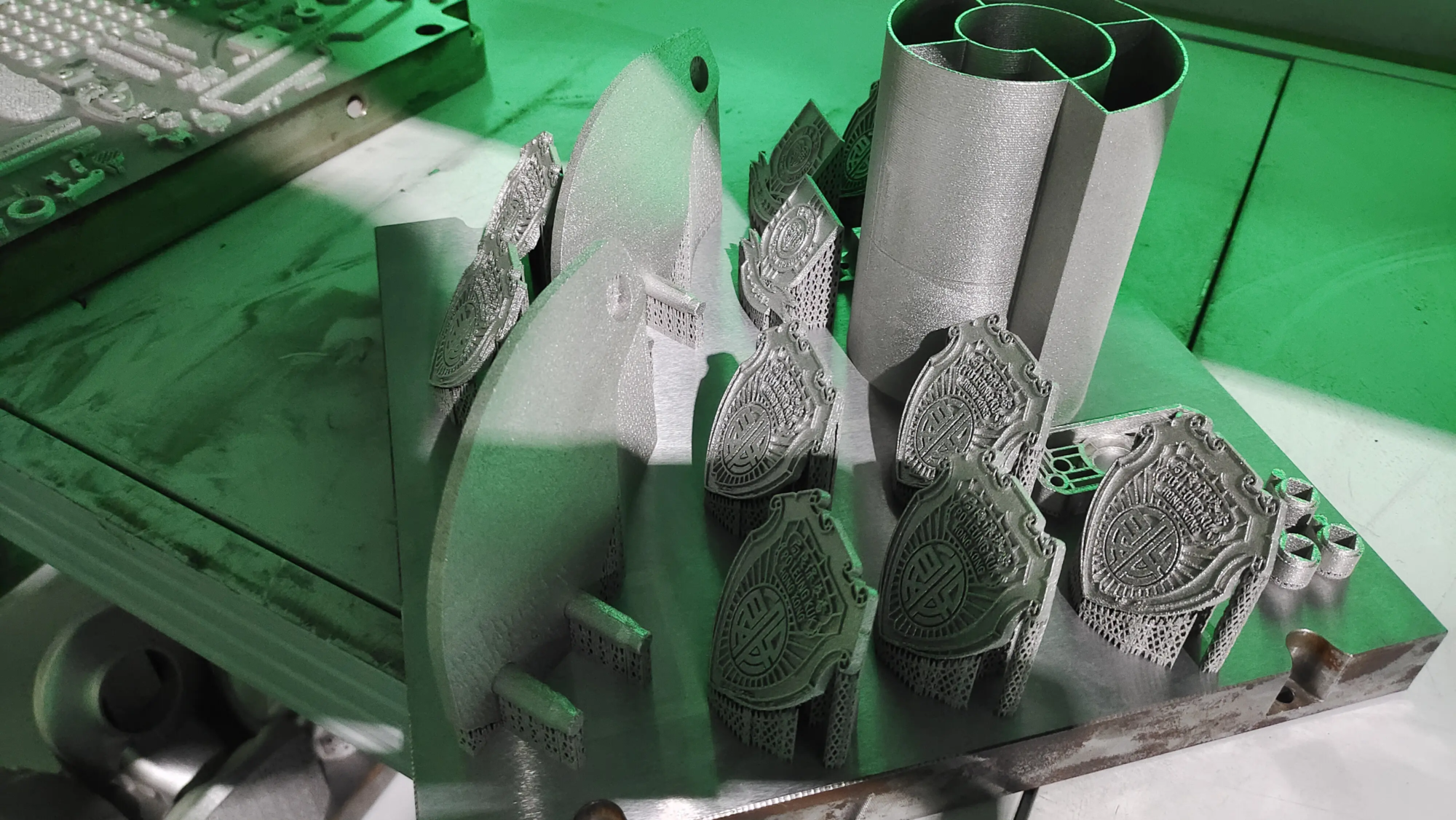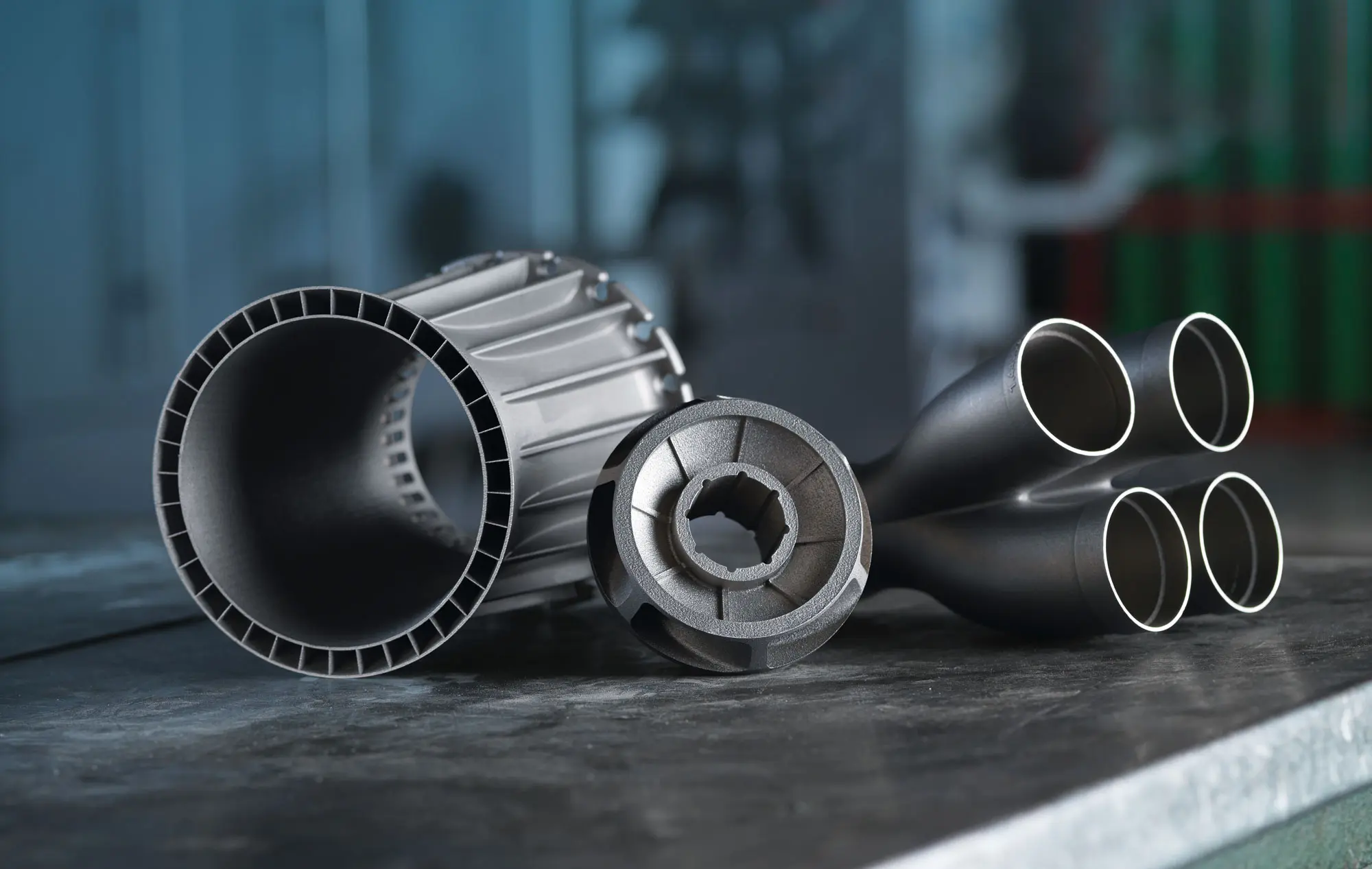On September 20, 2024, according to the Resource Library, scientists at Harvard University’s Wyss Institute developed revolutionary 3D printing technology capable of replicating the complex vascular system of the human body. The research results were published in the magazine “Advanced Materials”.
This research was carried out in conjunction with the John A. Paulson School of Engineering and Applied Sciences (SEAS). The results of the cooperation between the two parties are expected to bring significant progress in the fields of regenerative medicine and drug development.
SWIFT coaxial technology: a revolutionary new method for printing blood vessels
This new 3D printing technology is called “Coaxial SWIFT” (co-SWIFT) and its main function is to generate a network of blood vessels integrated into human heart tissue. Similar to natural blood vessels, these 3D printed blood vessels have a hollow “core” and an outer layer composed of smooth muscle and endothelial cells, perfectly simulating the multi-layered structure of human blood vessels.
This technology is based on the SWIFT bioprinting technology developed in 2019, which made breakthroughs and allowed scientists to print hollow channels in a matrix filled with living cells. Although SWIFT technology can create basic vascular channels to allow fluids to flow, these channels are simply cavities, lacking the multi-layered structure of real blood vessels and unable to effectively resist the pressure of blood flow. . co-SWIFT goes even further on this basis. The printed blood vessels not only have hollow channels, but also add multi-layer tissue structure, which greatly improves the strength and function of blood vessels, can withstand the pressure of blood flow, and behaves more like natural blood vessels.
How the innovative co-SWIFT technology works: dual channel
Paul Stankey, first author of this study and a graduate student at SEAS, said the team’s innovation lies in the “core-shell” nozzle design. This nozzle contains two fluid channels: one to spray the “shell” material composed of collagen, and the other to spray the “core” material composed of gelatin. This design not only allows complex structures of branched blood vessels to be printed, but also ensures that the blood vessels are strong enough to withstand the pressure of blood flow.
To verify the functioning of SWIFT co-printed blood vessels, the research team chose a collagen material similar to human muscle tissue. After printing, the team melted the gelatin core, leaving hollow blood flow channels. They then attached smooth muscle cells to the outer shell and endothelial cells to the inner wall, giving the printed blood vessels biological functions similar to those of natural blood vessels. After seven days of testing, the walls of these blood vessels remained strong and the presence of endothelial cells reduced the permeability of the blood vessels, demonstrating their good functional performance.
A heart that beats in the lab, everything “responds well”
The research team further applied co-SWIFT technology to printing living heart tissue. They first built small clusters of cells called heart organ building blocks (OBBs) from human heart cells and compressed the cells into a dense, strong structure. The structure resembles the way cells are arranged in human organs, creating a more realistic experimental environment. Based on this, the researchers used co-SWIFT technology to successfully print vascular networks in these living cellular matrices.
After removing the gelatin core and perfusing the blood vessels with endothelial cells, the researchers conducted five days of simulated blood perfusion experiments. The results showed that the heart tissue “responded well” and beat in sync, indicating that the tissue was healthy and functioning normally.
It is worth mentioning that the research team also successfully 3D printed a blood vessel model of the left coronary artery using real patient data. Although there is still a way to go before transplantable organs can be grown in the laboratory, the results of this research are undoubtedly an important step towards this goal. The potential applications of this technology are not limited to organ transplantation; Replication of complex vascular systems also opens new possibilities for drug development, disease modeling and regenerative medicine.
Currently, the research team is working to further promote the development of co-SWIFT technology, including increasing the complexity of printed blood vessel networks and improving its integration with living tissues.





